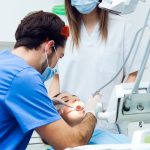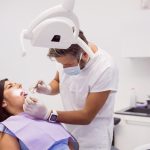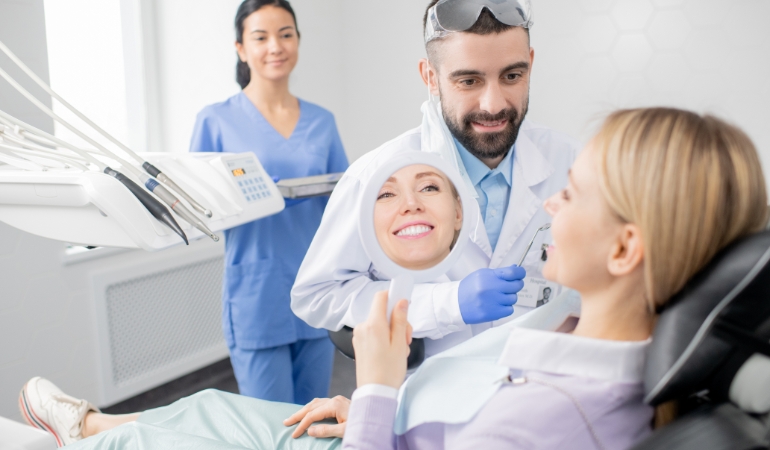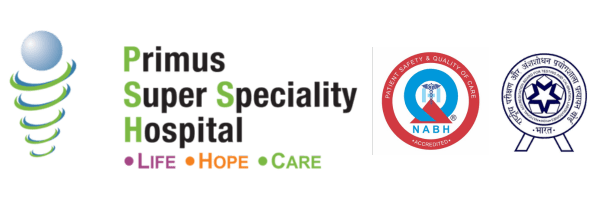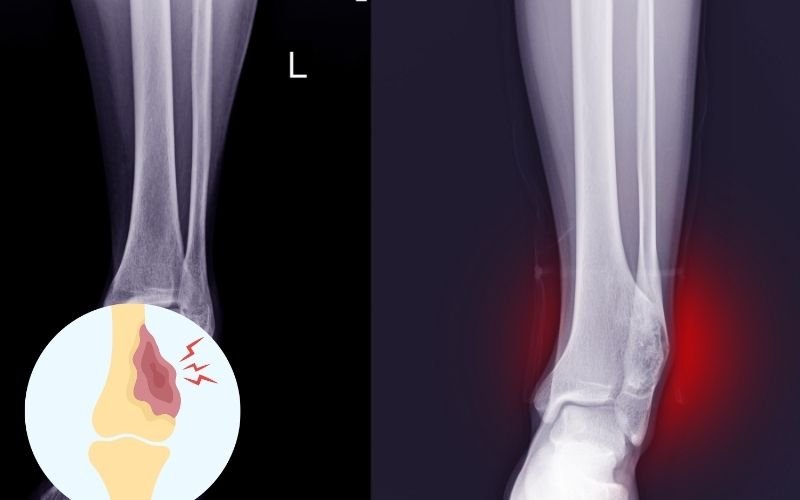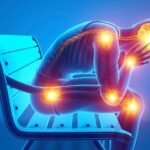Bone growths can be scary. But not all are dangerous. One common type is osteochondroma. It usually shows up in growing children or young adults. While most are harmless, some may need surgery. This article will explain what osteochondroma is, its types, signs, and the treatment options available in Delhi.
What is Osteochondroma?
Osteochondroma is a non-cancerous bone tumor. It grows near the growth plates of long bones. These are areas at the end of bones where new growth happens in children and teens. The tumor is made of both bone and cartilage. As a person grows, the osteochondroma may get bigger. But it often stops growing once growth plates close after puberty.
This condition is more common in males. Most people get only one tumor. But some have many, which is known as Multiple Hereditary Exostoses (MHE).
Common Locations of the Tumor
The tumor can form on any bone, but it often appears in these spots:
- Near the knee
- In the upper arm
- On the leg
- Around the hip
- Near the scapula (shoulder blade)
For instance, osteochondroma of scapula is rare but can limit shoulder movement. In contrast, osteochondroma leg cases are more frequent and easier to detect due to pain during walking or swelling.
Types of Osteochondroma
There are two types of osteochondroma. Knowing the difference helps in diagnosis and treatment planning.
1. Solitary Osteochondroma
This is the most common type. It means there is only one growth. Most people with this form never feel pain or notice a problem unless the tumor presses on nerves or blood vessels.
2. Multiple Hereditary Exostoses (MHE)
This is a genetic disorder. It causes many tumors to form in different bones. It can cause bone deformities and short stature. Surgery might be needed in many cases. MHE patients should visit an orthopedic doctor in Delhi regularly to track growth and avoid complications.
Signs and Symptoms of Osteochondroma
Most tumors don’t show any signs. But you should be aware of symptoms that may signal a problem:
- A hard, painless lump near a joint
- Pain while moving a limb
- Limited joint motion
- Numbness or tingling (if nerves are pressed)
- Blood flow issues (if vessels are compressed)
- Swelling or inflammation
These osteochondroma symptoms may appear slowly. If you or your child notices them, visit an orthopedic hospital in Delhi for a full check-up.
Diagnosing Osteochondroma
Doctors start with a physical exam. If a hard bump is felt near a bone end, further tests are done. These include:
- X-ray: The most common and useful scan to see the shape and size of the tumor.
- MRI: To check soft tissue, cartilage cap, and nearby nerves.
- CT Scan: Helps when the growth is in a hard-to-see spot, like the scapula or spine.
- Biopsy: Rarely needed unless cancer is suspected.
When Surgery Becomes Necessary
Surgery is not always needed. Many cases only require observation. But osteochondroma orthopedic surgery in Delhi is advised if:
- Pain becomes severe
- Tumor grows fast
- It presses on nerves or vessels
- Movement is restricted
- There’s a risk of it becoming cancerous
The procedure involves removing the tumor, including the cartilage cap. This is done under general anesthesia. Most patients recover quickly. Physical therapy may help to regain full motion.
Oosteochondroma Risks If Left Untreated
While most tumors are benign, ignoring them can cause problems:
- Bone deformities
- Nerve damage
- Restricted blood flow
- Muscle weakness
- Rare transformation into chondrosarcoma (a cancerous tumor)
This is why early osteochondroma treatment in Delhi from a trusted hospital is vital.
Early Detection of Osteochondroma in Teens
Osteochondroma often appears in childhood. So regular check-ups during growth years help spot it early. Pediatric orthopedic doctors in Delhi recommend screening for children with:
- Family history of MHE
- Joint pain without injury
- Bone bumps that appear suddenly
Early detection reduces surgery need and helps avoid complications.
Recovery After Tumor Removal
Recovery depends on the tumor’s size and location. Small tumors removed from the leg or arm heal within weeks. The patient can usually walk the next day. Physical therapy helps restore movement. In scapula cases, shoulder mobility exercises are needed for a few weeks.
Follow-ups are important. Doctors may take X-rays to ensure no regrowth. Patients should report any new lumps or symptoms after surgery.
Choosing the Right Hospital for Orthopedic Treatment in Delhi
Delhi has several hospitals offering orthopedic surgery in Delhi. But choosing one with the right expertise matters. Look for:
- Certified orthopedic specialists in Delhi
- Experience with bone tumors
- Advanced diagnostic imaging tools
- High surgical success rates
- Post-surgical care and rehab support
Consulting a trusted orthopedic doctor in Delhi ensures that the right treatment plan is made for your specific case.
Modern Orthopedic Treatment Options Available Today
In top hospitals, minimally invasive procedures are used. These methods reduce pain and recovery time. Some newer approaches include:
- Endoscopic tumor removal
- Navigation-assisted surgery
- Robotic orthopedic tools
These reduce tissue damage and make recovery faster. Talk to your surgeon to understand the best option for your condition.
Osteochondroma in Adults: What You Should Know
Although this condition mainly affects kids and teens, adults may discover they had it all along. In some cases, it grows again or causes new symptoms. If an adult experiences new pain or swelling near a joint, they should not ignore it. A quick check-up with an orthopedic specialist can rule out any serious issue.
Understanding the Risk of Malignancy
In rare cases (less than 1%), osteochondroma can turn into cancer. Signs include:
- Sudden increase in size
- Pain without movement
- Changes seen in MRI
- Irregular edges in X-rays
In such situations, a biopsy is done, and the tumor is removed immediately. Delhi hospitals have specialists trained in cancer detection related to bone tumors.
Getting Care at a Trusted Hospital Like Primus
When seeking treatment, always choose a trusted name. Primus Super Speciality Hospital in Delhi is known for its advanced orthopedic care. The hospital has a skilled team, modern technology, and years of success treating bone disorders. From diagnosis to surgery and rehab, Primus provides complete support.
The hospital also handles rare cases like osteochondroma of scapula and performs complex osteochondroma leg surgeries. Our team includes some of the best orthopedic doctors in Delhi, who use modern tools to ensure safe and successful outcomes.
Osteochondroma may not always cause problems, but it needs attention. Watching symptoms, early scans, and expert care make a big difference. Delhi offers excellent medical help. For the best care, choose a reputed orthopedic hospital in Delhi like Primus.
Primus Hospital’s team focuses on safety, accuracy, and patient comfort. If you or your child has a bone lump or pain, don’t wait. Get it checked by a top specialist. Primus also offer treatment for problems like Splenic Trauma.
Whether it’s a single tumor or multiple growths, trust the experts at Primus to guide you every step of the way.

